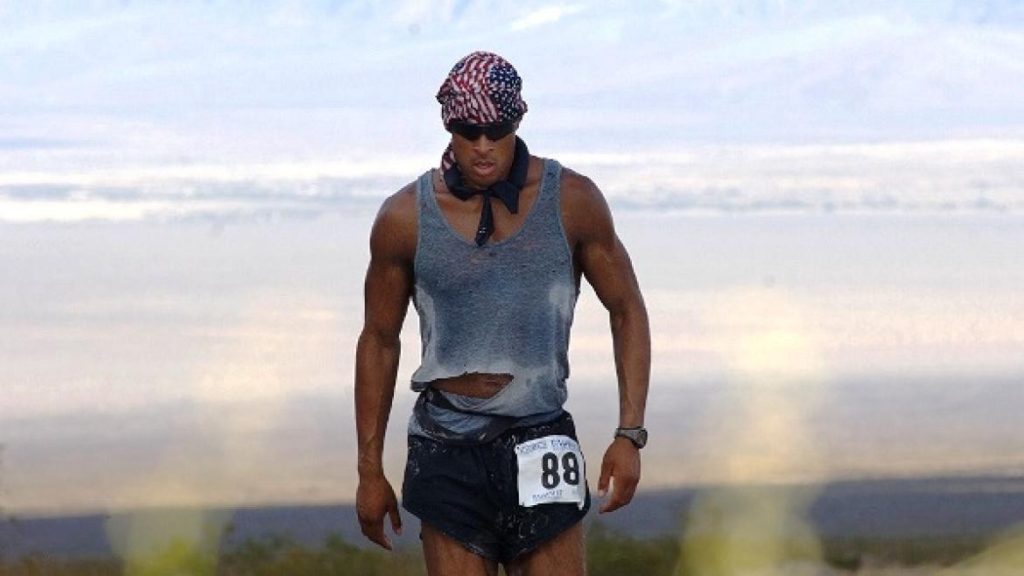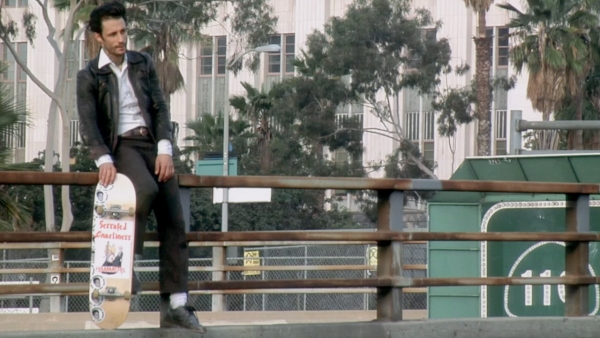Neil Gaiman and Giving Life To Corpses (The Art of Creating)

“Where there is a monster there is a miracle.” -Ogden Nash
Neil Gaiman’s advice on writing is similar to assembling a corpse and giving it life. When we first start creating, the writing is nothing but random pieces that don’t connect with one another. But the more we play with it, the more revisions we perform, connections start forming. The cold bones we lay out begin to gain warmth, blood starts moving and veins form to give nutrients to the heart of the story.
Neil Gaiman’s first piece of advice to artists is, “First drafts are not important, first words do not matter, they are imaginary, not real. No one cares about your first draft. You’re writing words that don’t matter.”
Just because you put the bare bones on the table does not mean they are going to put themselves together on their own. Many people see what they have on the table and are disgusted by it. They don’t want to go in and do the dirty work of playing with the pieces. It’s a dirty process and you want to hide that act from yourself and from others. You just want to open your eyes and see a beautiful creation. But it is a dirty job and you are going to have to go in and put eyeballs in sockets, and shoulders on hinges. The act of putting energy into something gives it life. No energy no life.
A trap many artists fall into is limiting themselves where they dig up their influences and material. Neil Gaiman says that writers, such as those who write about vampires and sci-fi can get caught up with only reading material about vampires and sci-fi. Neil Gaiman’s advice is, “Go and read outside your comfort zone- get pieces from different things outside of your interests.”
You have to gather kidneys and brains, not just hands. Leonardo da Vinci learned about anatomy, architecture, engineering. To make those intricate connections between story, characters, and problems you need to broaden your interests and read about psychology, neuroscience, and even about pottery. You never know where the next connection will click.
Gather as much material as you can, gather limbs and eyeballs so that you can add to your base and make your stories personal to you. Add your own mixture to an already congested industry.
Neil Gaiman says “You learn from finishing things.” See what you can do better, see where you could have put more work and see what doesn’t work. If a corpse cannot stand on its own two feet, it probably has extra pieces, too much baggage that it limps forward and falls. You put too much of what you copied from other authors, and not enough of you. Finishing pieces is not about adding more things, but not being able to take any more away.
It is only when we have the body in front of us, do we really know its purpose, the meaning behind its existence and the meaning it has for us.
And maybe when you have finished, you did not create something wonderful, but instead a monster you are ready to kill. You don’t want it from getting out, causing people to shriek in horror. The monster reveals your amateurish skills, reveals your incompetent self and you want to get rid of it.
It’s OK, this is just one piece in a body of work that will span years. So work fast, many will be failed creations. Do not get stuck on just one thing, but have many things you want to create.
It is a blessing to have just created something. Just like the quote at the beginning, a monster is a miracle because someone put the effort into creating something, be it God himself, or a looney scientist. The act of creating is hard. Most people don’t do it for that single reason. So create, eventually, something you give life to will be able to walk on its own two feet.


